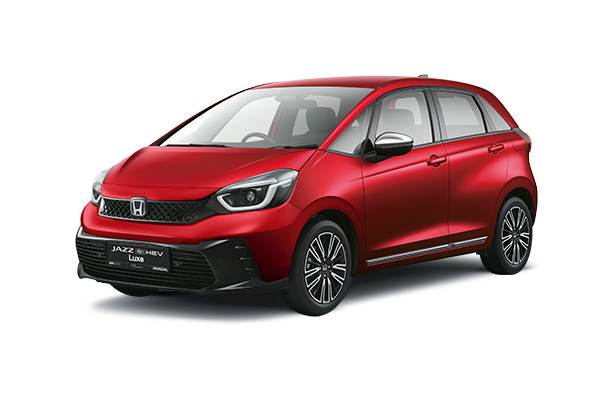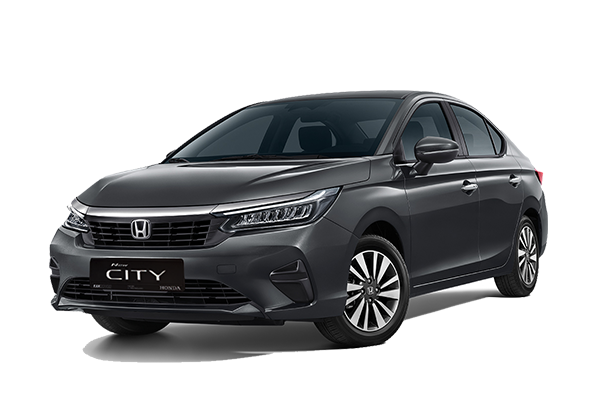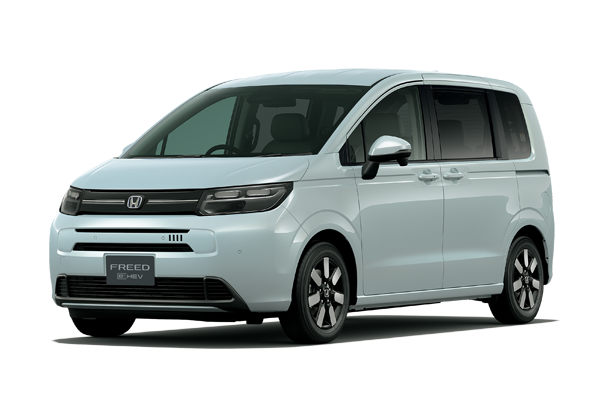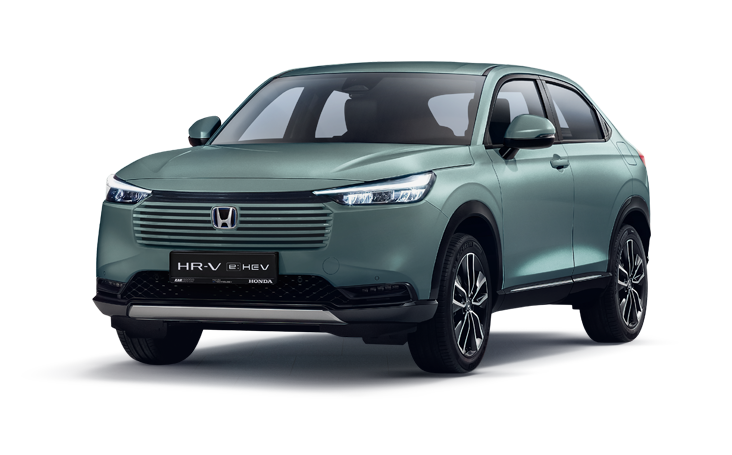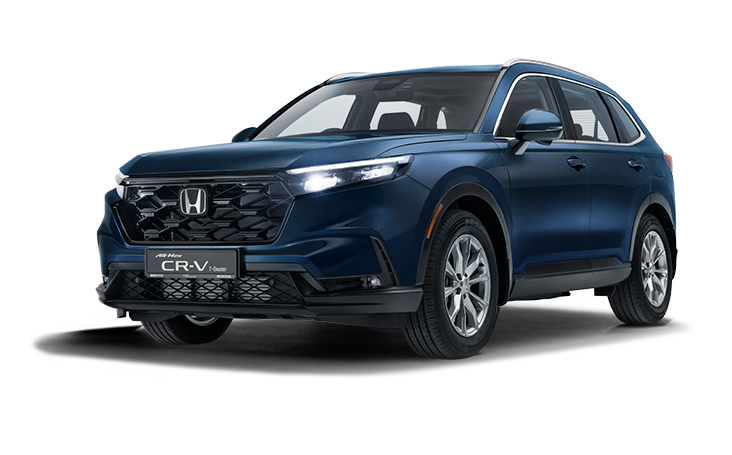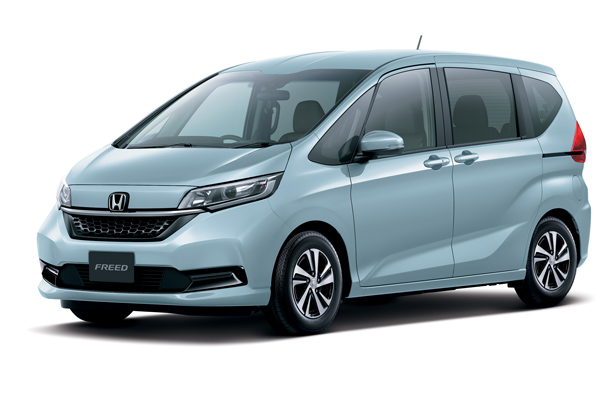HONDA JAZZ CROSSTAR HYBRID – A STAR IS BORN

The Honda Jazz has cemented its place early on as being the cheap and cheerful hatchback which could do it all. You had the standard variant for daily commuting, hybrid versions for added fuel efficiency, and even RS models for those who wanted a bit more fun and a manual slushbox.
But, with the recent crowds swooning to cars that drive with high heels on, the Jazz is starting to lose its edge over some of its competitors. So, how did Honda respond to this? Well, if you can’t beat them, why not join them?
And this is their new brainchild. Taller proportions, same funky Jazz underneath. But, does the shape change affect the Jazz’s renowned qualities? Let’s find out.
Never skip leg day

At first glance, the Crosstar is noticeably taller. So just how much more ground clearance you are getting with the Jazz Crosstar? Well, the difference between the two is just 30mm. Yes, just 30mm. Seems more in the photos right?
The plastic trim pieces clad around the car sell the illusion that it is taller, alongside other visual bits like a redesigned front grille and roof rails. New 16-inch alloys are exclusive to the Crosstar, and you get the option of a contrasting two-tone roof with some paint choices.
Overall, while there isn’t as drastic of a change from the regular Jazz, the visual impact of all of these components combined does add up. While the Jazz may appear a little plain to some, the Jazz Crosstar dispels those notions with its macho new looks and stance.
Simple and neat
Even though the Honda Jazz Crosstar feels compact on the outside, it opens up to a spacious cabin when you climb in. Most of the Crosstar’s internal trinkets are the same as the regular Jazz, and the neatly designed dashboard is one element that is a welcome sight.
Every major component has its place and is easy to distinguish, and the parallel row of front glove box, infotainment system, and driver’s instrument cluster provides uniformity to the overall cabin. The huge windscreen and skinny A-pillars house big inset windows, which can be very handy when navigating round tight corners with limited visibility.

The two-spoke steering wheel is a treat to use, as do the physical menu buttons located on it. The 7.0-inch digital instrument cluster isn’t huge, and that’s probably its biggest issue. The icons on the display feel too claustrophobic, with different symbols jostling for space that is already limited. That makes it confusing to read, especially for newer drivers who may not know what each individual symbol might mean.
Fortunately, that isn’t a problem on the bigger 9.0-inch infotainment touchscreen. Situated close to the driver and front occupant for easy reach, the screen has high-contrast icons which improve legibility. Plus, there are physical buttons (thank you!) for the most important functions: Home, back, volume, and track scroll.
These alone make the experience so much more user-friendly. Wireless Apple CarPlay is available too, and connectivity is an absolute breeze. Unfortunately, Android Auto users do not get the same advantage, having to settle for a traditional wired connection.
Where the Crosstar differs from its regular brethren is its water-resistant upholstery, a smart design trait that ties well into the whole theme of outdoor exploration. You also get a much better stereo system in the Crosstar, with an eight-speaker array including aluminium tweeters and Honda-specific Kevlar cones. A subwoofer residing in the boot adds a hint of rich bass without intruding on cargo space, while some of the speakers are stealthily hidden within the door handles.
It’s a serene cabin to be in, and it just compels you to get out and drive.
Upsized practicality

One aspect that the Honda Jazz Crosstar loses out to its smaller sibling is boot space. Still, the 298 litres made available to you is still sufficient for most grocery runs. The seats can also fold down 60:40, opening up to a total of 1199 litres.
In reality, that’s only a couple of litres down and I doubt you’ll notice the difference. Plus, you still get the clever folding Magic Seats which open the cabin to lots of cargo options, as shown here. It’s a small feature, but one that I really appreciate for added practicality.
Rear cabin space is great too, and three adults can easily fit without the need to jostle for extra wiggle room. The Crosstar also has a high roofline, with provides ample headroom for taller folk. Plus, the added height makes ingress and egress easier for individuals who may have mobility issues.
A big cubby hole nests under the centre armrest, with two vertical cupholders built into the dashboard. The split glovebox is a common feature on all Jazz models too, which makes effective use of the dashboard space.
The lack of a sunroof is not necessarily a bad thing here, as the Crosstar comes with standard roof rails, unlocking numerous external cargo roof rack options.
Externally, the Crosstar is slightly larger in every dimension but not by a huge margin, so it’s still easy to park and wiggle through narrow city labyrinths. Adaptive cruise control and lane keep assist are fantastic in this car, and for this price point, you are getting pampered on long-distance cruises.
Small but mighty
The Honda Jazz Crosstar only gets one hybrid powertrain option, which uses a 1.5-litre petrol engine and two electric motors to deliver a combined 130bhp and 253Nm of torque.
Even with its additional bulk, the Crosstar still feels peppy off the line, even if the engine is screaming whilst doing so. The century sprint is conquered in 9.9 seconds, using a tandem of electric and petrol power.
At low speeds, the hybrid powertrain enables the Crosstar to cruise around town in all-electric mode, with the petrol engine firing up sporadically to recharge the battery or provide extra power on faster roads. At higher speed zones like expressways, the engine takes command over propulsion entirely, and the electric motors are then relegated to power supplement duty.
I really adore this system, and it is efficient even when placed under stress. Honda claims 22.2km/litre, but during my test I routinely got above this number, even touching 26.5km/litre at one point. You don’t need to even to focus in order to obtain these figures, and that’s what makes this system really impressive.
Despite its marginal height gains, the Crosstar still feels agile and confident on the road, much like its Jazz sibling. A variable ratio steering rack, a more robust chassis and new suspension all help to keep the Crosstar composed in the corners, and body roll is surprisingly absent, the kind you might expect to find in an SUV. Being a tad taller than the hatchback, the Crosstar’s longer suspension travel helps iron out rough roads and broken tarmac.
A great all-rounder
Considering the “regular” Jazz is already a tried and tested winner as a whole, it’s not a clear distinction to opt for the Jazz Crosstar instead.
While it does seem that Honda created the Crosstar in the hopes of stealing a slice of the SUV pie, it shouldn’t be looked upon as such. Rather, the Crosstar feels like an evolution of the Jazz, and one that brings about a host of incremental upgrades.
Ultimately, you’ll be satisfied regardless of which variant you choose. The Jazz lineup offers practicality, efficiency and comfort, all in bite-sized packages. But, ask me this question multiple times, and I will still reply with the Crosstar as my pick. There’s just something about it that charms you, and it does it all with a can-do spirit.
Credits: Autoapp Author: Sean Loo
Original Source: https://autoapp.sg/honda-jazz-crosstar-2/

